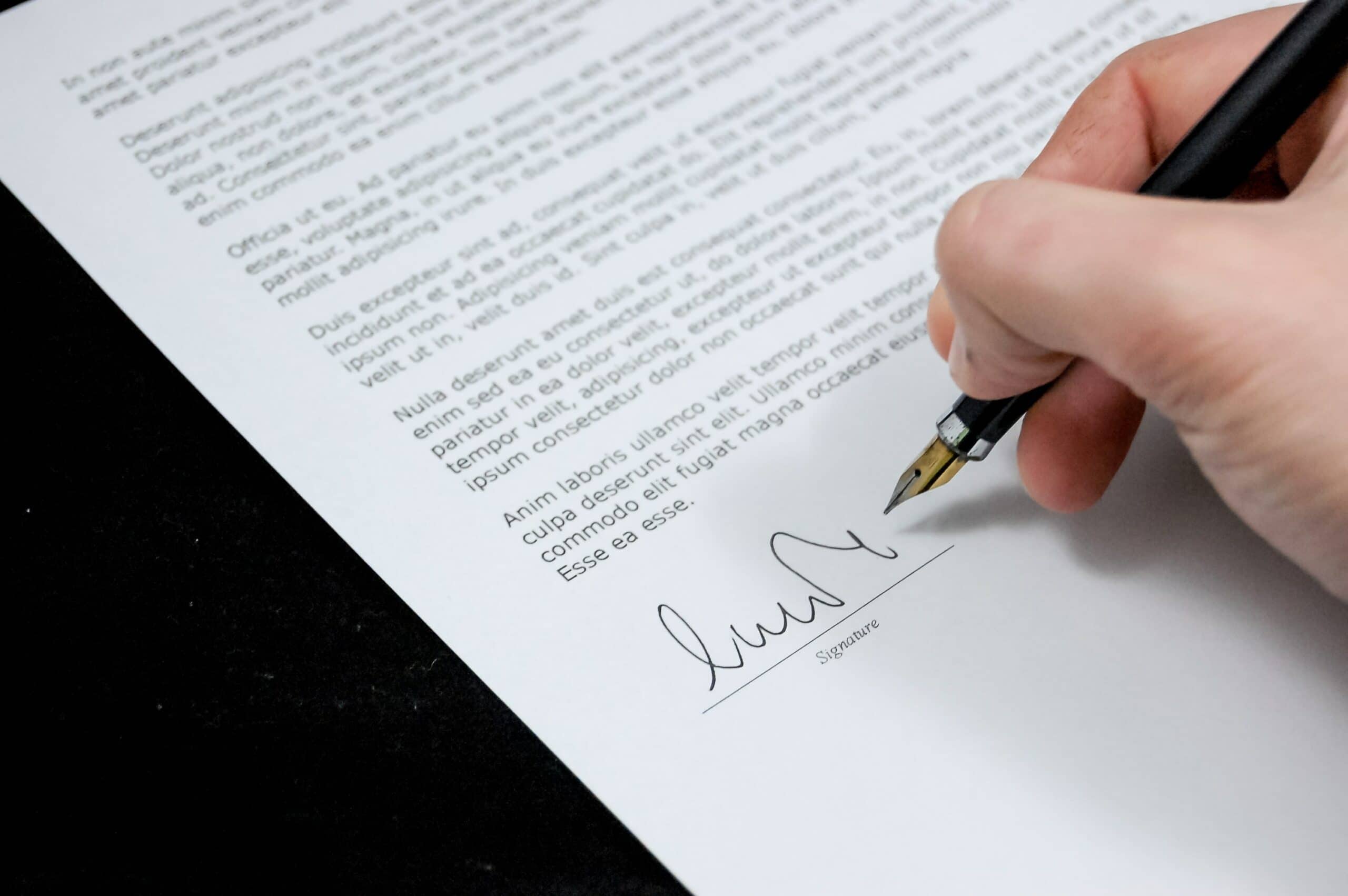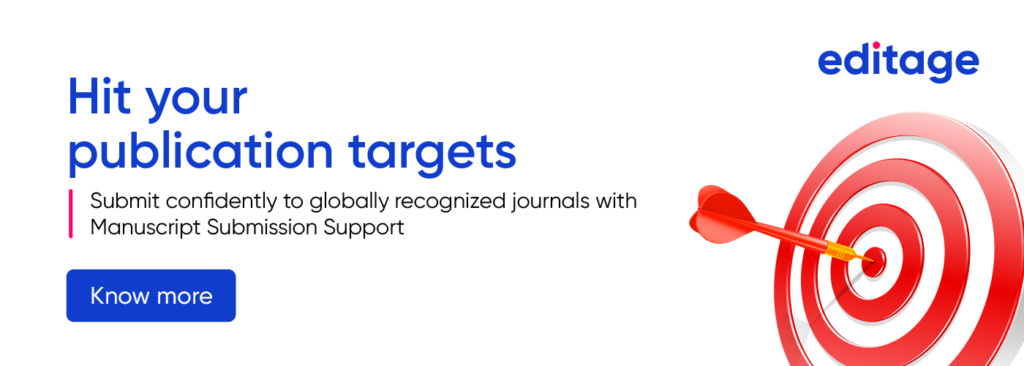
|
Getting your Trinity Audio player ready...
|
In the realm of academic publishing, where first impressions matter significantly, the role of a well-crafted cover letter cannot be underestimated. At Editage, our commitment lies in providing you with comprehensive research support that goes beyond the manuscript itself, guiding you through the creation of cover letters that not only meet the requirements but also stand out and leave a lasting impression on journal editors. In this article, we will delve into the profound impact of a meticulously prepared cover letter, its potential influence on the initial editorial screening process, and the essential elements that must be seamlessly woven into it to ensure that your research work garners the attention it merits.
The Power of a Well-Crafted Cover Letter:
A meticulously prepared cover letter is far more than just a formal document accompanying your manuscript submission; it is your initial introduction to the editorial team and can exert a profound influence on the way your work is perceived. While the preparation of the manuscript itself is undeniably significant, the cover letter serves as a strategic tool that can significantly shape an editor’s perception of your submission. In the modern landscape of academic publishing, where journals are inundated with submissions, the cover letter can be the factor that sets your work apart (Nicholas, 2019).
The Role of a Cover Letter:
A cover letter serves as a bridge between your research and the editorial team. It encapsulates not only the essence of your manuscript but also your approach, professionalism, and alignment with the journal’s objectives. Journals across disciplines now emphasize the importance of a well-structured cover letter, as it provides crucial context that aids editors in comprehending the significance and relevance of your work (Yates, 2017).
Maximizing the Potential of Your Cover Letter
Analogous to crafting a curriculum vitae for a job application (Bahadoran, Mirmiran, Kashfi, & Ghasemi, 2021), a cover letter provides you with an opportunity to present your research in the best possible light. However, it is essential to maintain integrity in your presentation. Exaggerations or unsupported claims could undermine your credibility, emphasizing the need to derive conclusions solely from the evidence presented in your manuscript (Hafner, 2010).
Key Elements of an Effective Cover Letter
The cover letter must encapsulate the novelty and contribution of your work succinctly. It should communicate not just the results but also the broader implications for the field and its potential impact on future studies. Conveying the alignment between your work and the journal’s objectives is critical. This includes understanding the journal’s readership and showcasing how your research resonates with their interests (Figure 1).
The Editage Advantage
Submitting your manuscript to Editage ensures that your cover letter adheres to journal-specific requirements while also being compelling and polished. We understand that the cover letter can be the first point of contact between your work and the editor, potentially influencing the entire review process (Bahadoran et al., 2021). Our experienced team is adept at aligning your manuscript content with the journal’s aims, thereby increasing the likelihood of capturing the editor’s attention positively.
Conclusion:
As the gateway to your manuscript, a well-crafted cover letter has the potential to make a lasting impression on journal editors. Through a carefully composed cover letter, you not only fulfil a formal requirement but also establish a connection with the editorial team. Our dedicated team at Editage is committed to facilitating this connection, helping you present your research work in a manner that aligns with the journal’s objectives and maximizes its impact. Remember, in the competitive landscape of academic publishing, your cover letter can be the key that unlocks the door to successful publication.
Bahadoran, Z., Mirmiran, P., Kashfi, K., & Ghasemi, A. (2021). Scientific Publishing in Biomedicine: How to Write a Cover Letter? Int J Endocrinol Metab, 19(3), e115242. doi:10.5812/ijem.115242
Hafner, J. H. (2010). The Art of the Cover Letter. ACS Nano, 4(5), 2487-2487. doi:10.1021/nn100907e
John, M. (2011). I really think you should publish this paper: the cover letter to the editor. HSR Proc Intensive Care Cardiovasc Anesth, 3(2), 137-139.
Nicholas, D. (2019). How to choose a journal and write a cover letter. Saudi J Anaesth, 13(Suppl 1), S35-s41. doi:10.4103/sja.SJA_691_18
Yates, J. R., 3rd. (2017). The Cover Letter. J Proteome Res, 16(2), 367. doi:10.1021/acs.jproteome.6b01068










Leave a Reply